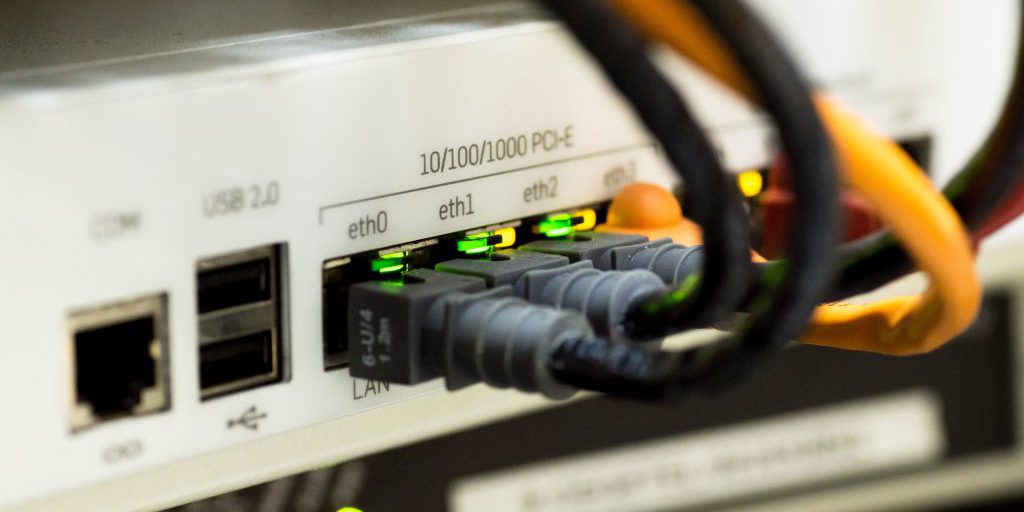an email newsletter released every month highlighting the latest articles, events, technical inquiries, and voices from the community
Measuring the Effects of Network Centric Warfare: Exploring Belief Metrics in Warfare Critical Review & Technology Assessment (CR/TA) Report

POSTED: February 23, 2002
BY: Information Assurance Technology Analysis Center (IATAC)
This report is the second in a series, which identifies key metrics for measuring the effects of network-centric warfare (NCW). Volume I introduced two sets of metrics associated with the Reason (i.e., Command and Control) and Physical Spheres of warfare, and made specific recommendations for how the Navy and Joint communities could proceed in developing an NCW-capable force. Introduction: The goal of this report, as it was with Volume I, is to present a series of quantifiable metrics that can be employed to measure NCW. The main difference is that the field of endeavor in this volume is a qualitative set of variables associated with the Belief Sphere of warfare. In the construct of this report, the Belief Sphere is divided into three distinct yet interrelated chapter headings: Unit Cohesion, Individual Morale, and Leadership. The intention is that Navy and Joint Experimentation will use the metrics to capture data that will refine the emerging concepts of operation that will define future Navy and Joint doctrine. In addition to detailed discussions, we have applied the potential effects of the metrics to both platform-centric and NCW and have put each metric in the context in an applicable historical case study to put them in context. Based on the development of these metrics (Volumes I and II), it appears to the authors that there are two phases in the implementation of NCW. In the first phase, the Navy, and potentially the other Services, will build a comprehensive, linked network and will superimpose network-centric capabilities onto its existing force architecture. In the second phase, a new force structure will emerge, which will optimize these new concepts of warfare. Key Attributes and Vulnerabilities of NCW: In Volume I, NCW was a relatively clear-cut force multiplier for the Reason and Physical Spheres, enabling better force protection through dispersion and better command and control through enhanced synchronization and speed of command. However, from a Belief Sphere perspective, network-centric operations can affect many traditional variables that support the morale and cohesion of warfighters negatively. For example, the ability to operate in a more dispersed manner enabled by NCW runs counter to the wealth of evidence illustrating the importance of physical proximity to fellow soldiers/sailors/airmen, units, and leaders. Similarly, the notion of remote fire support or force protection and fighting with tailored, joint, ad-hoc units will challenge the unit cohesion and bonding that comes from time spent training and fighting together. The use of robotics and video teleconferencing will further challenge the warfighters’ capacity to bond with their fellow Servicemen and women as well as with their commanders. Moreover, the two volumes illustrate that, regardless of the particular metric or scenario, loss of connectivity would be disastrous for a network-centric force. Though this would have a negative effect on all forms of Military operations, factors such as information loss would especially damage a network-centric force that was trained and deployed to fight an NCW operation. Findings: Though an obvious point, it bears repeating? If the United States embarks upon building a network-centric force, we must place the protection of the critical information flow at the top of the priority list. The human aspect of conducting network-centric operations will require new types of units, sailors/soldiers/airmen, organizations, and doctrines. The key to fully developing the necessary personnel to realize an NCW operational capability is training. To create the new units and warfighters discussed above, we will have to train them to plan, exercise, and fight using a new doctrine. Operational concepts designed to protect platforms and equipment better may not be desirable from a human factors standpoint. To understand the real benefits and vulnerabilities of NCW, the analytic community will have to re-evaluate the metrics used to determine the effectiveness and which data to collect through experimentation and simulation.
Focus Areas
Stay informed when a new SOAR is released
Subscribe to our upcoming state-of-the-art reports
Want to find out more about this topic?
Request a FREE Technical Inquiry!

